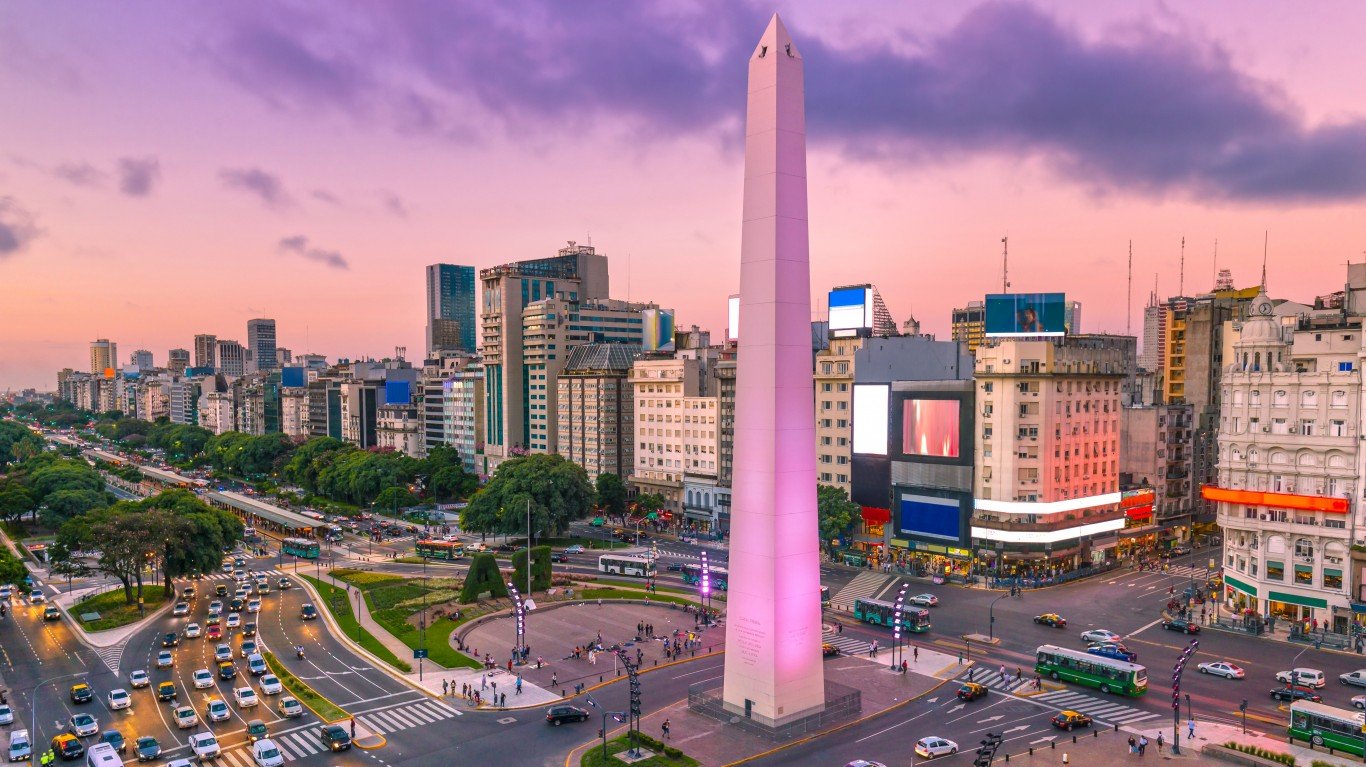
5. Buenos Aires, Argentina
> Population (2021): 15.26 million
Most if not all of the half million people living along the mouth of the Río de la Plata will have to be relocated by 2100 if current trends continue. The river is particularly vulnerable to storm surges, especially when strong winds and high tides correspond. In addition, summer temperatures in the city are rising faster than the global average, increasing the risk of thermal expansion of nearby waters, potentially raising levels even higher than they would be otherwise.
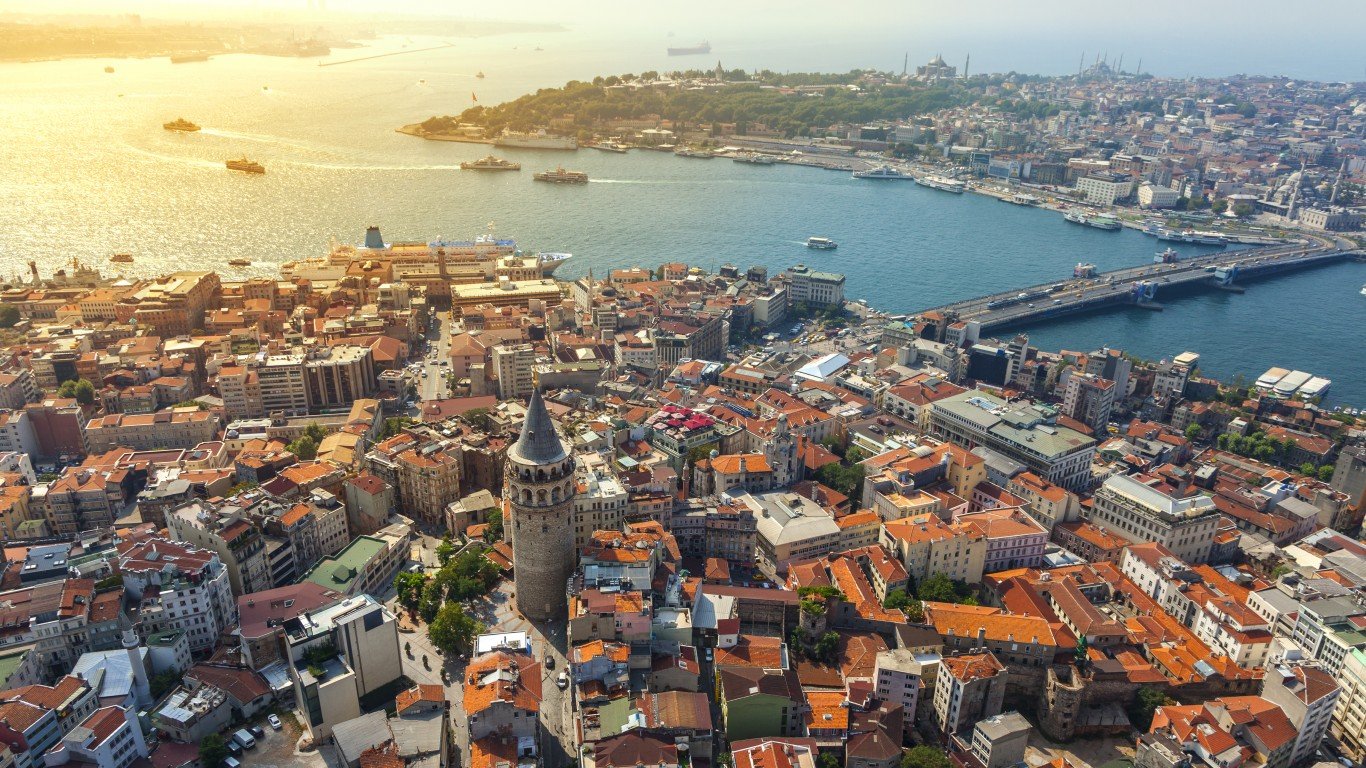
4. Istanbul, Turkey
> Population (2021): 15.42 million
The waters of the Bosphorus Strait, separating the European and Asian portions of this fabled city, could rise an astonishing 10 to 16 feet by the end of the 21st century, according to a report by the Turkish parliament’s Global Climate Change Research Commission. In addition to rendering buildings — including centuries-old historical sites — near the strait uninhabitable, saltwater intrusion could salinize Terkos Lake, the major source of the city’s drinking water.
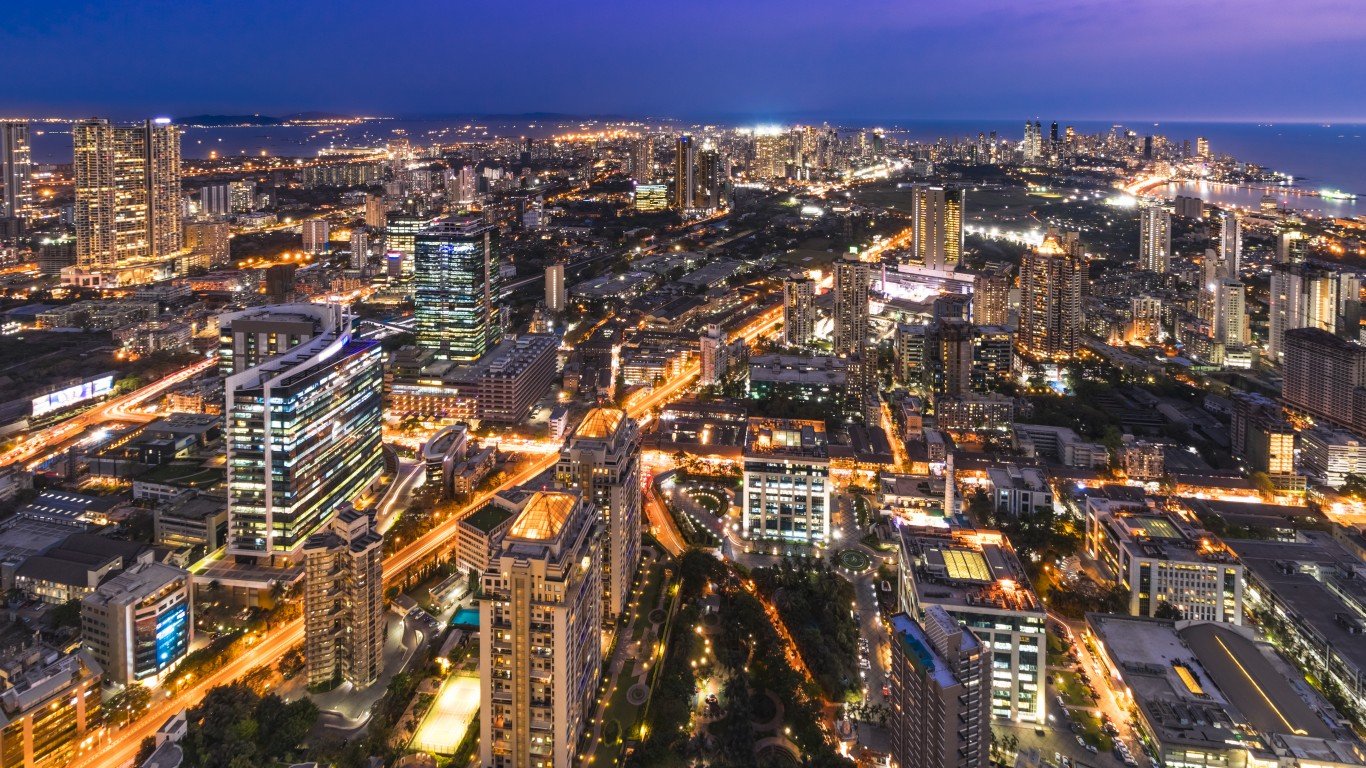
3. Mumbai (Bombay), India
> Population (2021): 20.67 million
One study ranks Mumbai as the city second-most threatened by sea level rise and extreme weather events (after Guangzhou in China). Uncontrolled development with poorly equipped drainage systems, which would be completely overwhelmed by a combination of sea level rise and particularly heavy downpour. Earth.Org estimates that at least three million people could be displaced.
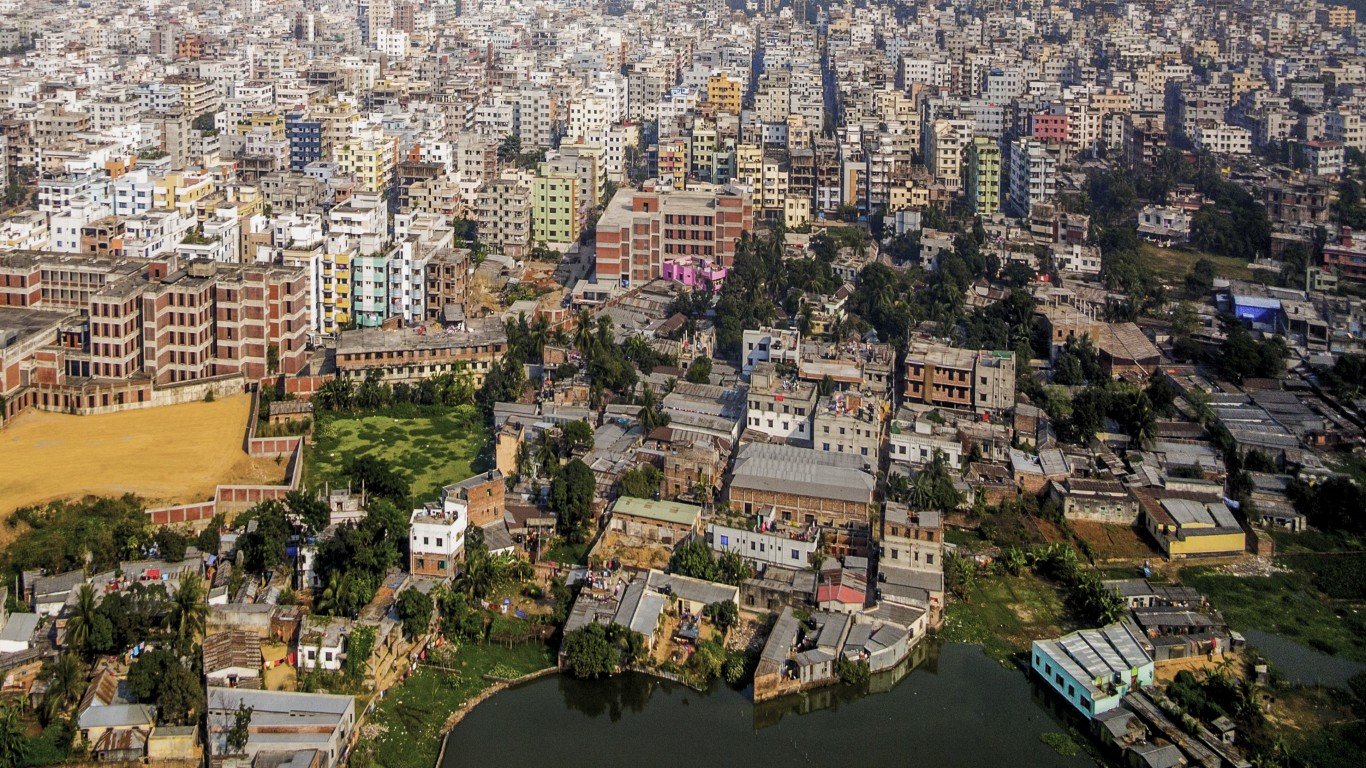
2. Dhaka, Bangladesh
> Population (2021): 21.74 million
The low-lying densely populated capital of Bangladesh will lose about 17% of its land area to permanent flooding by 2050, according to scientists, leaving millions homeless. Its position on the Ganges Delta, the largest river delta in the world, leaves it particularly vulnerable.
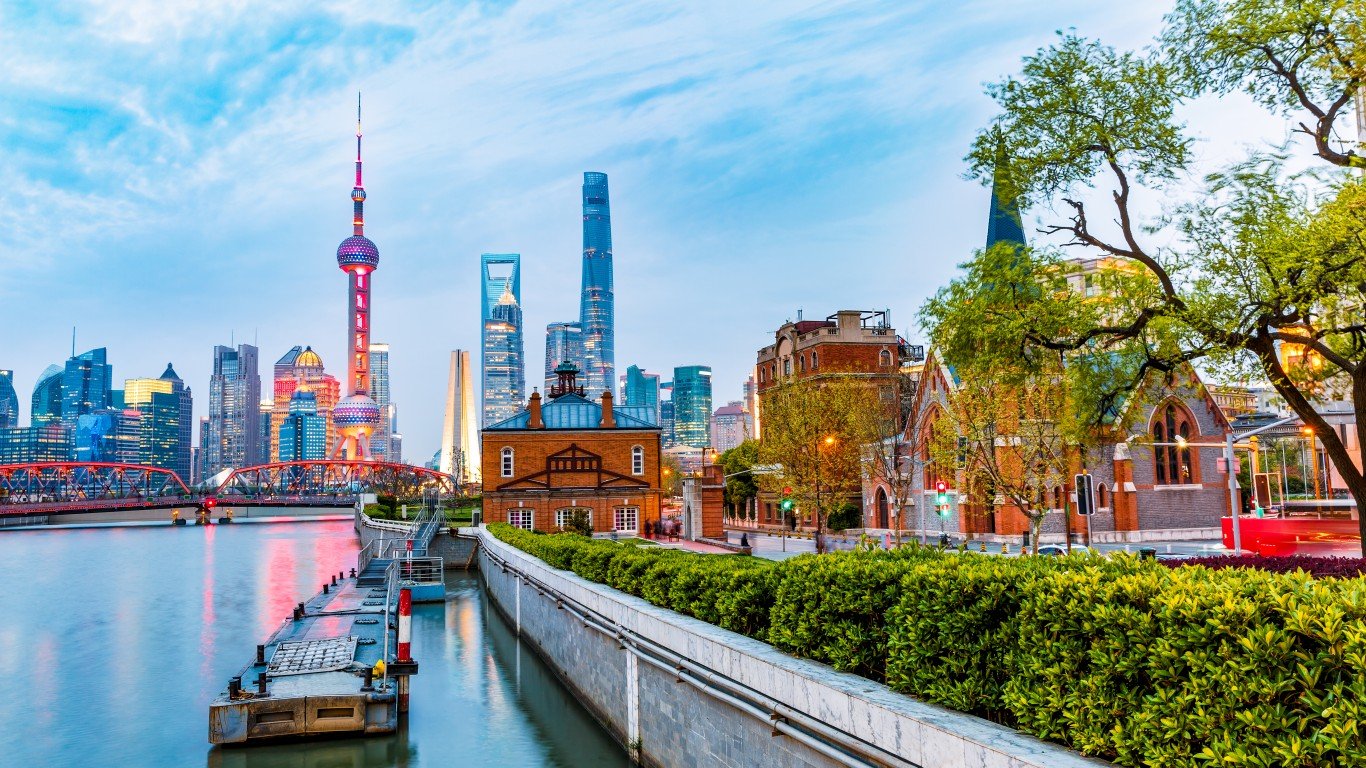
1. Shanghai, China
> Population (2021): 27.8 million
Earth.Org points out that Shanghai, one of the world’s most populous cities, “sits on the Yangtze River estuary on low-lying, soft, sandy soilâ¦[which] spells trouble.” It is surrounded on three sides not only by the estuary but also by the East China Sea and Hangzhou Bay. Despite extensive seawalls, it is said that the sinking of the land still puts at least half the city’s population at risk. One study goes further, estimating that more than 20 million people in the Shanghai region are living on land that could be permanently subsumed by 2100.

 24/7 Tempo
24/7 Tempo




